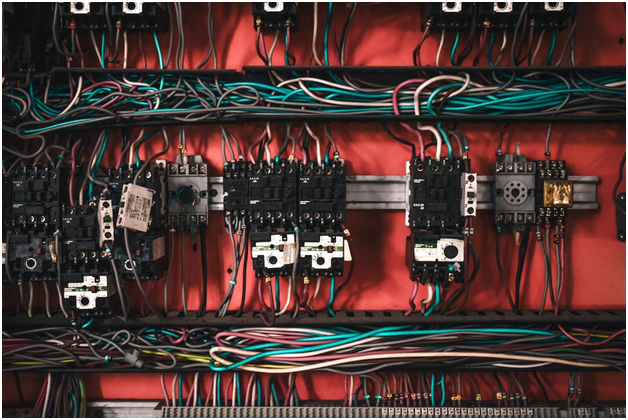
A fuse is an overcurrent device that protects electrical and electronic devices from high voltage damage, including a short circuit and overload current. While these devices are small and inexpensive, they offer invaluable safety and peace of mind. However, a fuse’s function depends on choosing the right type for the application. Here are some tips on how to choose the right fuse for a circuit.
1. Determine the type of voltage to be protected
Nearly all fuses are rated by the amount of voltage and whether its direct current (DC) or alternating current (AC). Some might be dual-rated, meaning they can carry both DC and AC power. However, these ratings might differ in the overall power that can be used for proper circuit protection. Choose a fuse that falls into the range of that particular circuit.
2. Identify the breaking capacity
The breaking capacity, also known as short circuit rating or interrupting rating, is the maximum current a fuse can safely interrupt or break at a rated voltage. Ensure that the breaking capacity of the fuse is enough for circuit operation when choosing a fuse.
The breaking circuit should be equal to or more than the short-circuit current. That way, the rapid current passing through the fuse will be several times more than its current rating if a fault or short circuit occurs.
If the current exceeds the level that the fuse can withstand, the device is likely to explode or rupture, leading to more damage. It’s, therefore, essential to choose a fuse that can bear the biggest short-circuit current possible and empty the circuit safely for safe operation.
3. Determine the required agency approval
Most electrical products are audited on the local and federal levels. For instance, electrical equipment used in the workplace in the US must be approved by a Nationally Recognized Testing Laboratory (NRTL) before being taken into the market. While this approval isn’t mandatory, it certifies that the electrical equipment, including a fuse, is safe for use.
4. Look at the amperage of the fuse
The amperage of a fuse is determined by dividing the power used by an appliance by the voltage passing through it; I (Amps) = P (Watts) ÷ V (Voltage). For instance, a Horsepower (746W) motor running at 115V would consume 746/115 = 6.5Amps. That means a 10Amp fuse would be enough.
Generally, the amp rating of a fuse should stay within the current carrying capacity of the circuit. Choose a fuse made for starting motors and one with a time-delay rating. This will help protect the electrical charges if the rapid current exceeds the fuse’s overall interruption rating.
5. Consider the size of the fuse to its particular holder
Certain fuse holders will only connect to a specific type of fuse. These fuse-connection ends are made to fit into a particular space and for the fuse’s characteristics. For instance, a small glass-tube fuse can only be replaced with that of its kind, while special time-delay fuses have a certain length and diameter.
Endnote
A fuse is a simple device meant to protect a circuit from potential damage caused by overcurrent. These electrical devices ensure that nothing gets damaged by power in your house or workplace. While they do the same thing, it’s imperative to ensure you use the right fuse for a given holder. Consider these tips when choosing the appropriate fuse for your electrical circuit.






